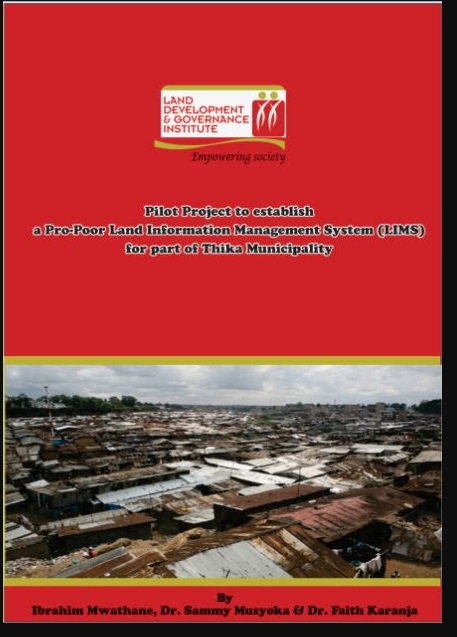Estimation of Soil Erosion Rates and Eroded Sediment in a Degraded Catchment of the Siwalik Hills, Nepal
The Siwalik Hills is one of the most fragile and vulnerable ecosystems in the Nepalese Himalaya where soil erosion and land degradation issues are fundamental. There is very limited knowledge on soil erosion processes and rates in this region in comparison to other regions of the Himalaya. The aims of the present paper are to document, measure and interpret key soil erosion processes and provide an estimate of erosion rates in the Khajuri Stream catchment located in the eastern Siwalik Hills.







